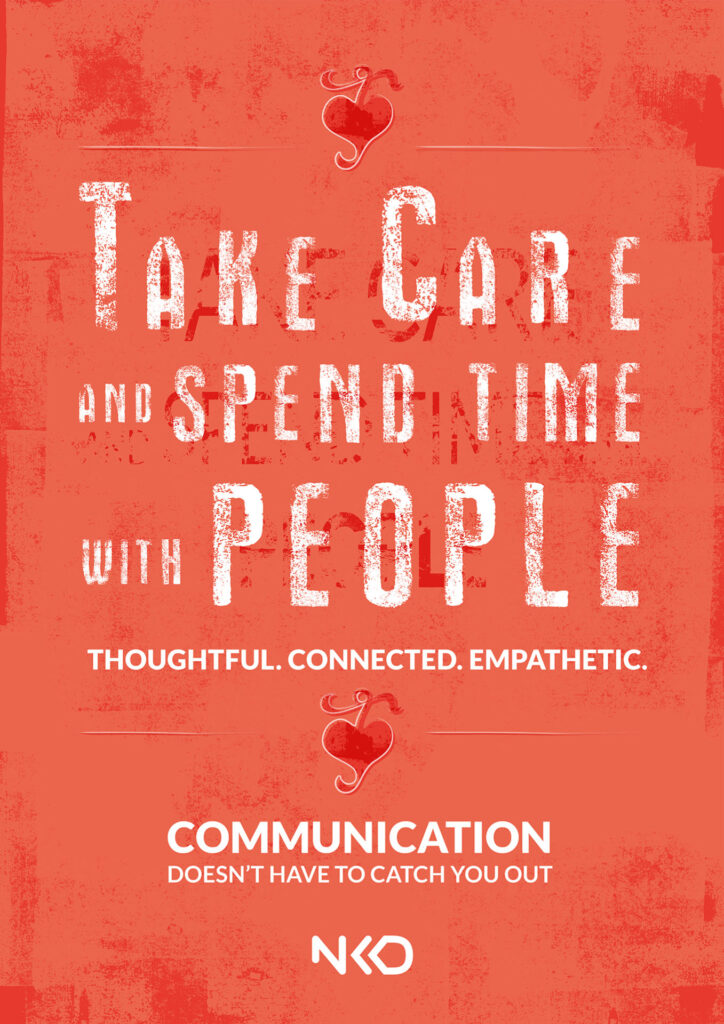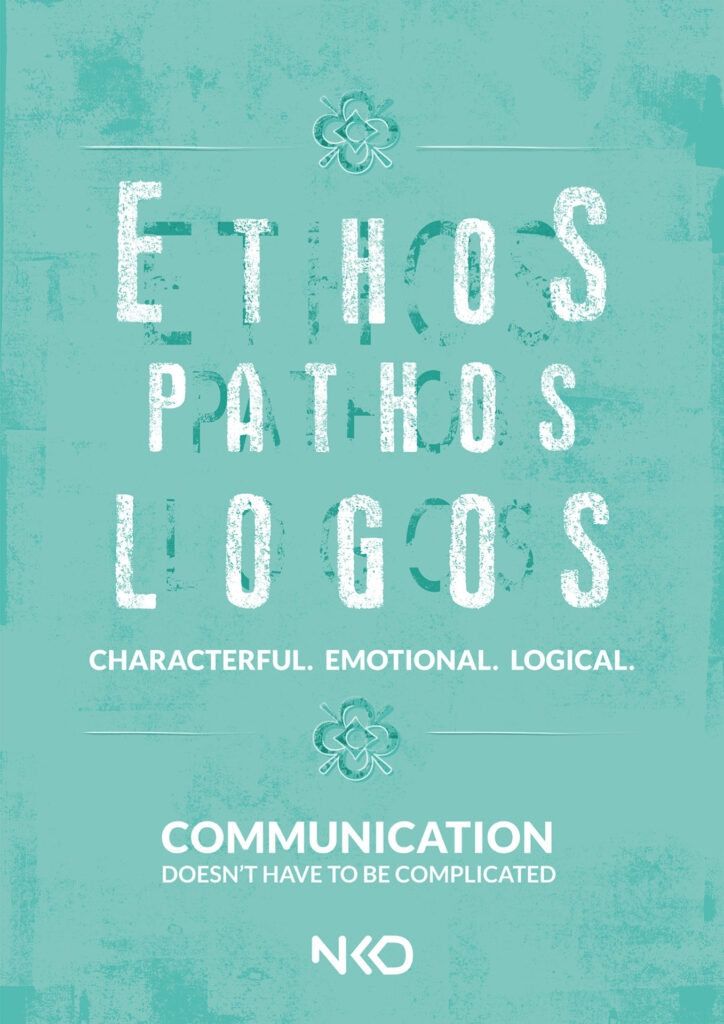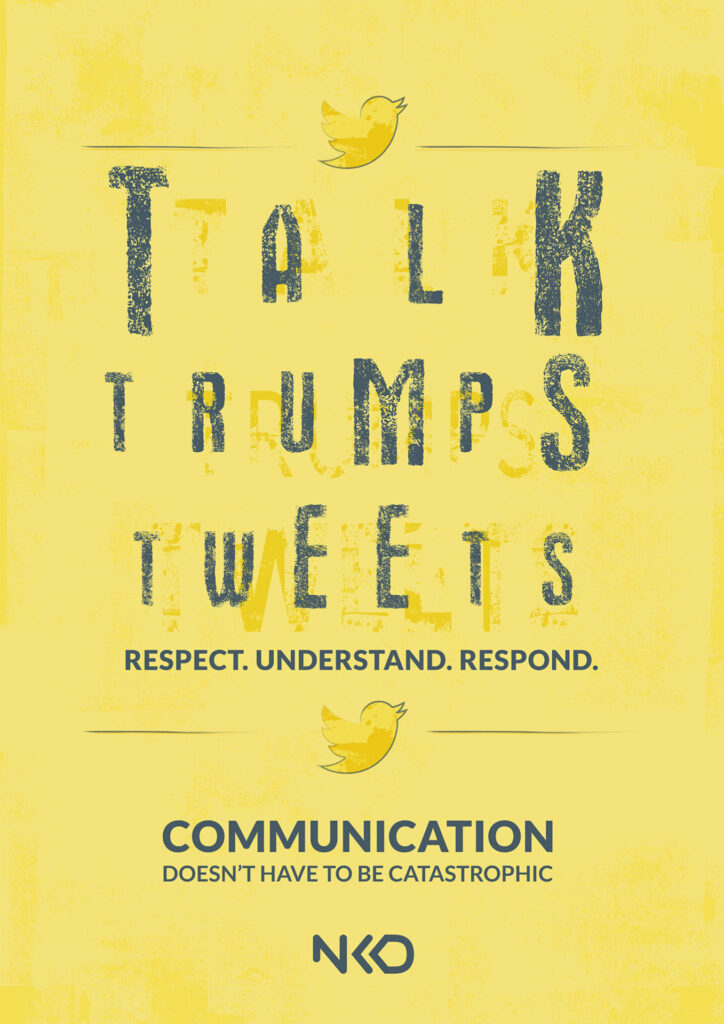Three ways leaders can communicate convincingly in the new decade
It’s the 2020s and as a future-proof leader, you’ve recruited for different mindsets, surrounded yourself with incredible talent and built a diverse and inclusive team. So, how are you going to communicate with them?
Back in the 1920s you could have just told them what to do and they’d get on with it. But command and control has careered off course and the ‘communications cascade’ has plunged to the depths of desperate discourse. Roaring is boring.
Talking to your digitised dream-team takes a human touch… We’ve noticed three ways next-generation leaders are mastering communication with their next generation teams.
Rule 1: Take care & spend time with people

Next-generation communicators take care and spend time with people. This is because people feel good about communication that is thoughtful, connected and empathetic.
Taking care is about tuning in to what’s happening inside you and around you, then finding a common language.
DHL Express are a fascinating example of this. They work in over 200 countries and territories, with one of the most diverse teams on the planet, yet they’ve found a common language. A language that connects everyone and helps them engage and collaborate, in the kind of way that world leaders could learn from. They communicate a common purpose and inclusive values that mean something to all 120,000 team members. Carefully communicating what they stand for has helped them work together as one team, bridging differences that so often leave people divided.
Like other future-proof leaders, DHL leaders listen relentlessly. What that does is give people a voice and show that they are cared for. Often leaders think communication is about what they say, but actually, communication is about listening, and it’s the leaders who listen who win hearts and minds.
The big message for leaders in rule #1? Hear more, reflect often, say less.
Rule 2: Ethos. Pathos. Logos

Turns out the ancient Greeks knew how to future-proof communication. Ethos, pathos, logos means character, emotion, logic. It’s about how you get yourself across to people. When it comes to leadership, your positive intentions can be easily misread. Congruence of character, emotion and logic helps to stop people from reading between the lines.
Characterful communication is about knowing what you stand for and conveying it confidently. Communication will feel authentic when it’s true to your values.
Emotion can be expressed liberally, albeit thoughtfully. Openly sharing how you feel builds trust and shows respect – being vulnerable helps others feel psychologically safe. Vulnerability is a strength, not a weakness.
While emotion fuels connection, logic fuels understanding. Sharing what you think encourages inclusive debate and cocreation. As a future-proof leader, know that you don’t have all the answers and that asking others what they think generates ideas while making people feel heard. In business, people have learnt to love logic, but logic alone isn’t enough.
The big message for leaders in rule #2? Congruence creates connection.
Rule 3: Talk trumps tweets

Social networks are unsurpassable for users who want to connect, share and get involved. As a future-proof leader, one enduring role you can play is to facilitate opportunities for people; encourage learning and make disruption normal. Digital communication channels help accelerate that opportunity.
But Trump has taught us that tweeting can be reactionary, even incendiary. Whereas next generation communication is based on respect, understanding and responsiveness. It needs a human touch to augment everyday experience for your team. If you want to create an inclusive culture of psychological safety so that you can make disruption normal, there’s a psychological and emotional impact to that. People need to see the whites of your eyes, the ease of your body language and the encouragement of your tone to know you’re on their side and that it’s ok to fail. An emoji is not enough; you need to be present to notice the subtle symptoms.
The big message for leaders in rule #3? Choose your channels wisely.
So, what does all this mean for leaders stepping into the 20s? Everyone is part of the conversation. Leaders are no longer the primary source of information. Teams in the 20s will respond better to leaders who reduce their own emissions and spend more time absorbing and filtering what’s in the air around them.
Check out some more of our thinking and work around communications here. If you’d like someone to listen to your thoughts and feelings about communication, get in touch.
